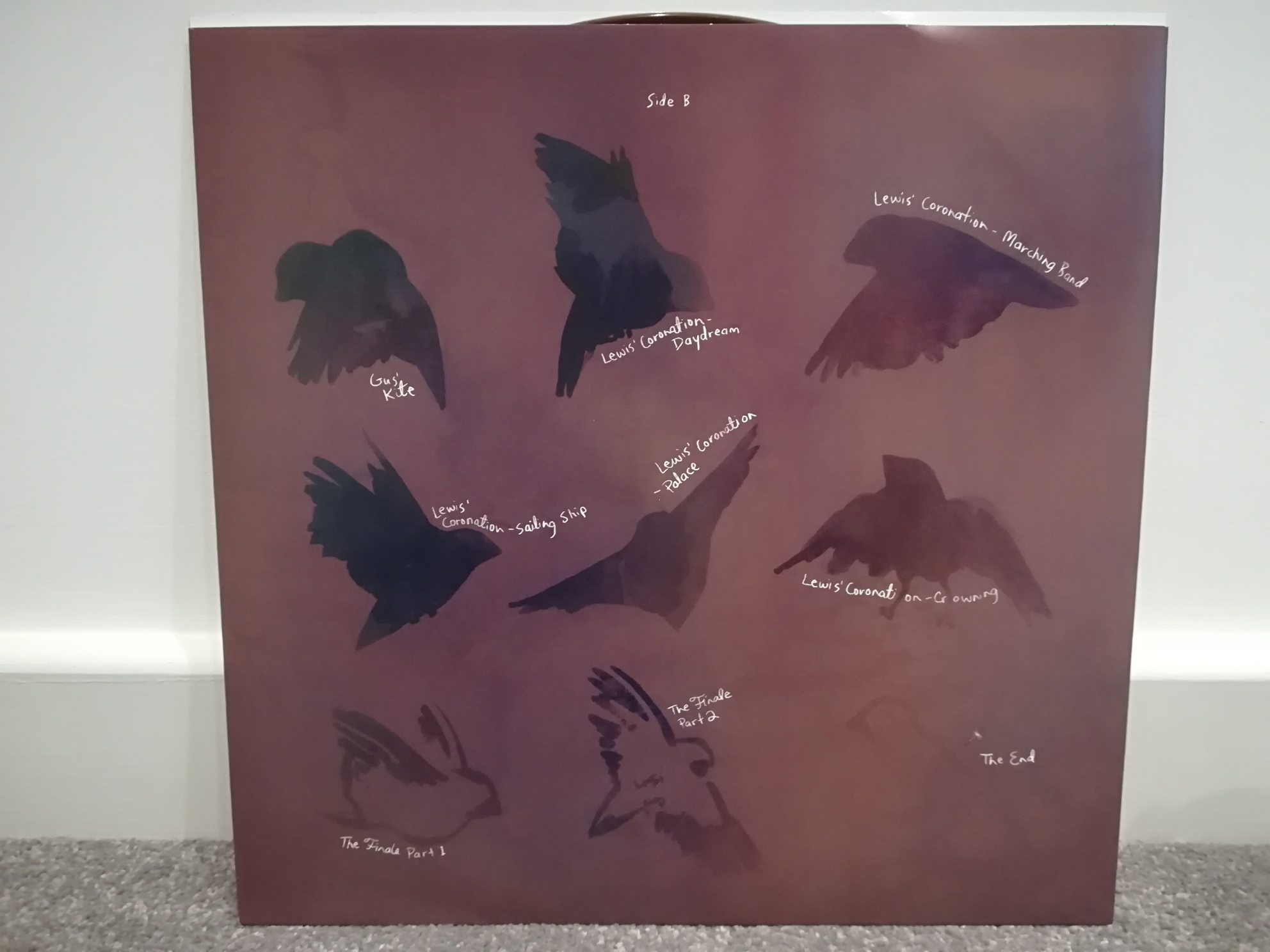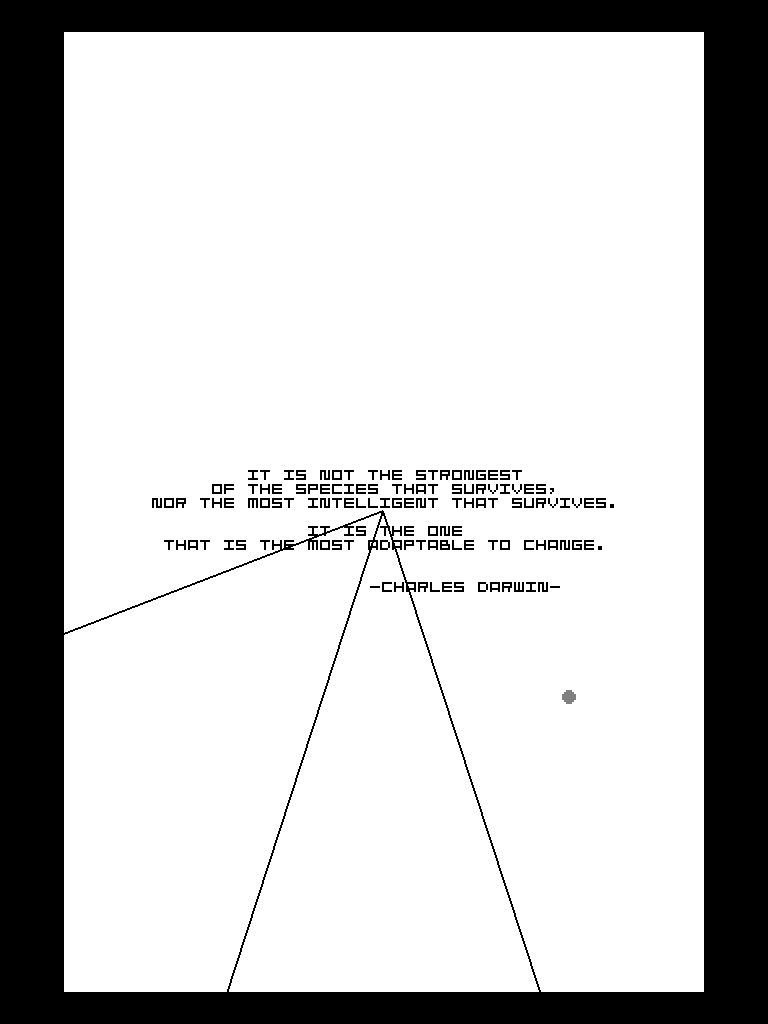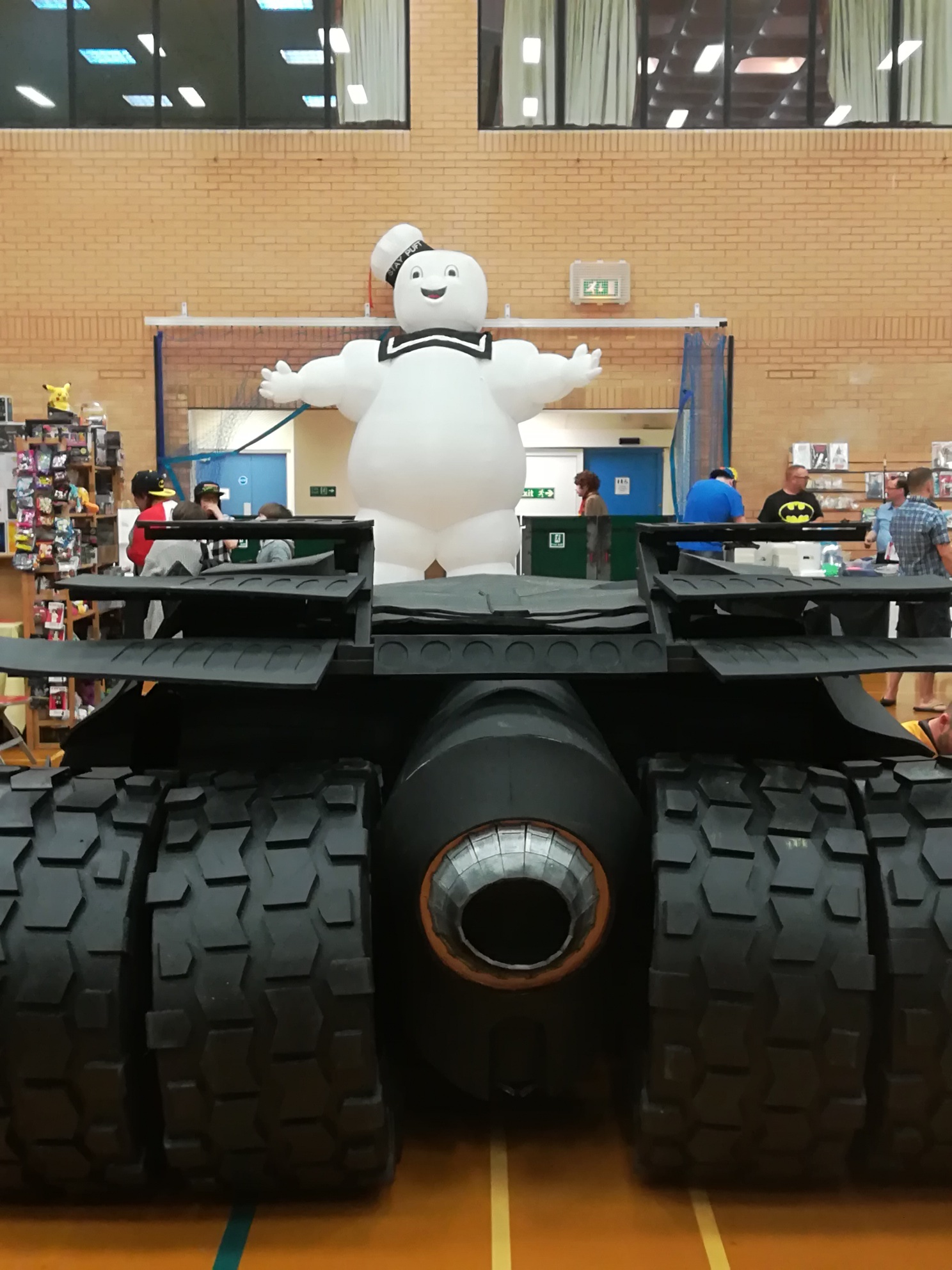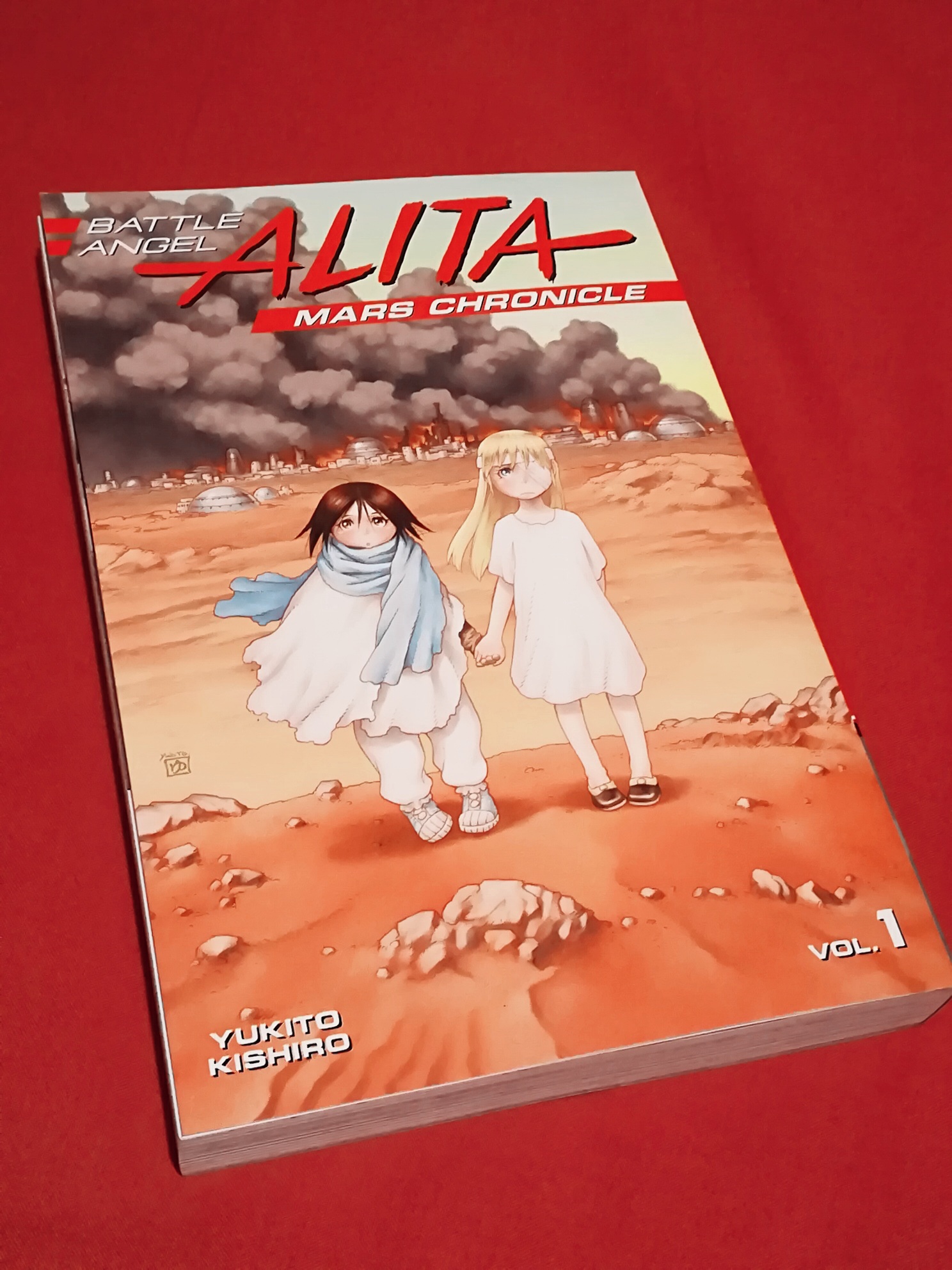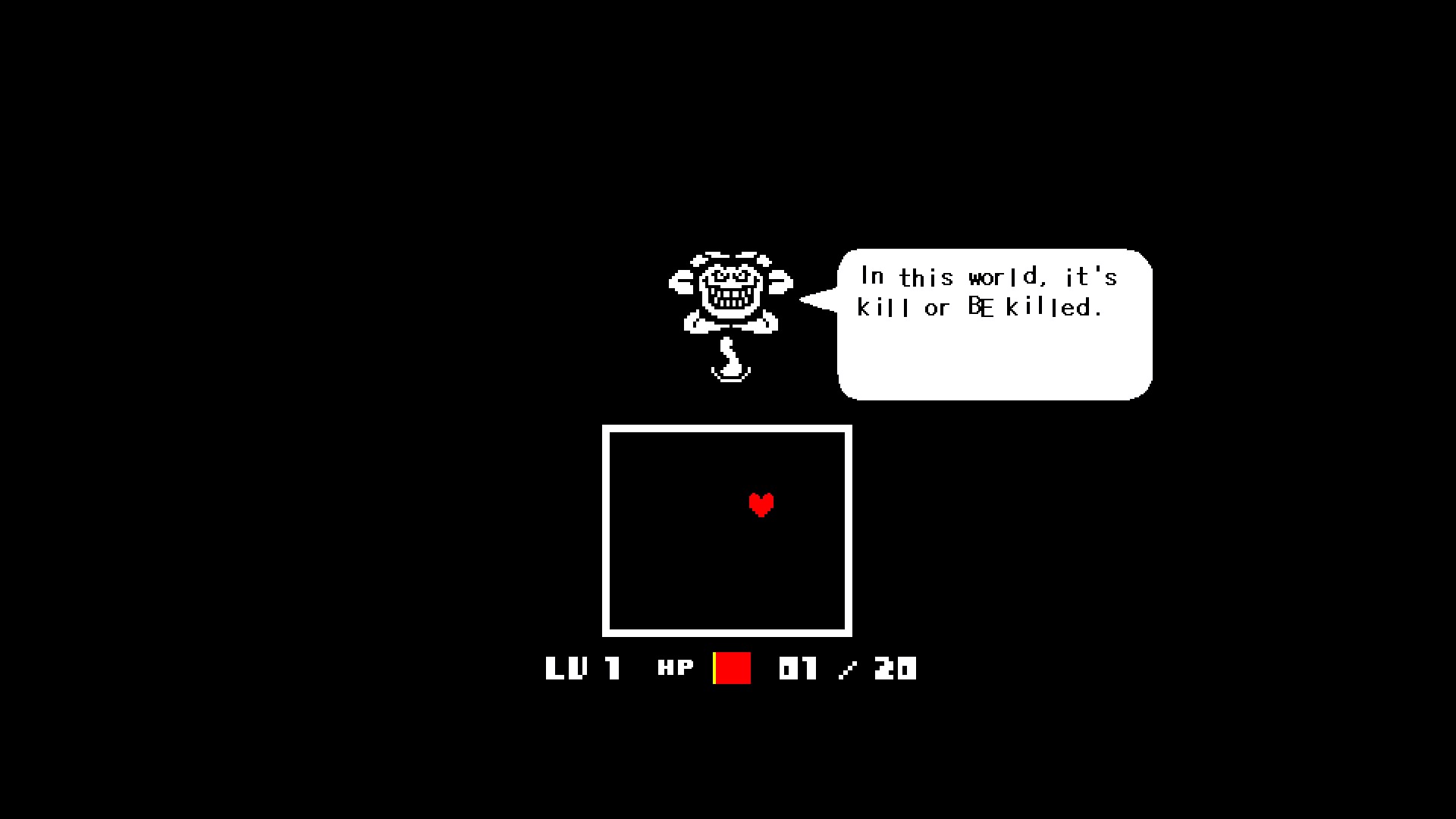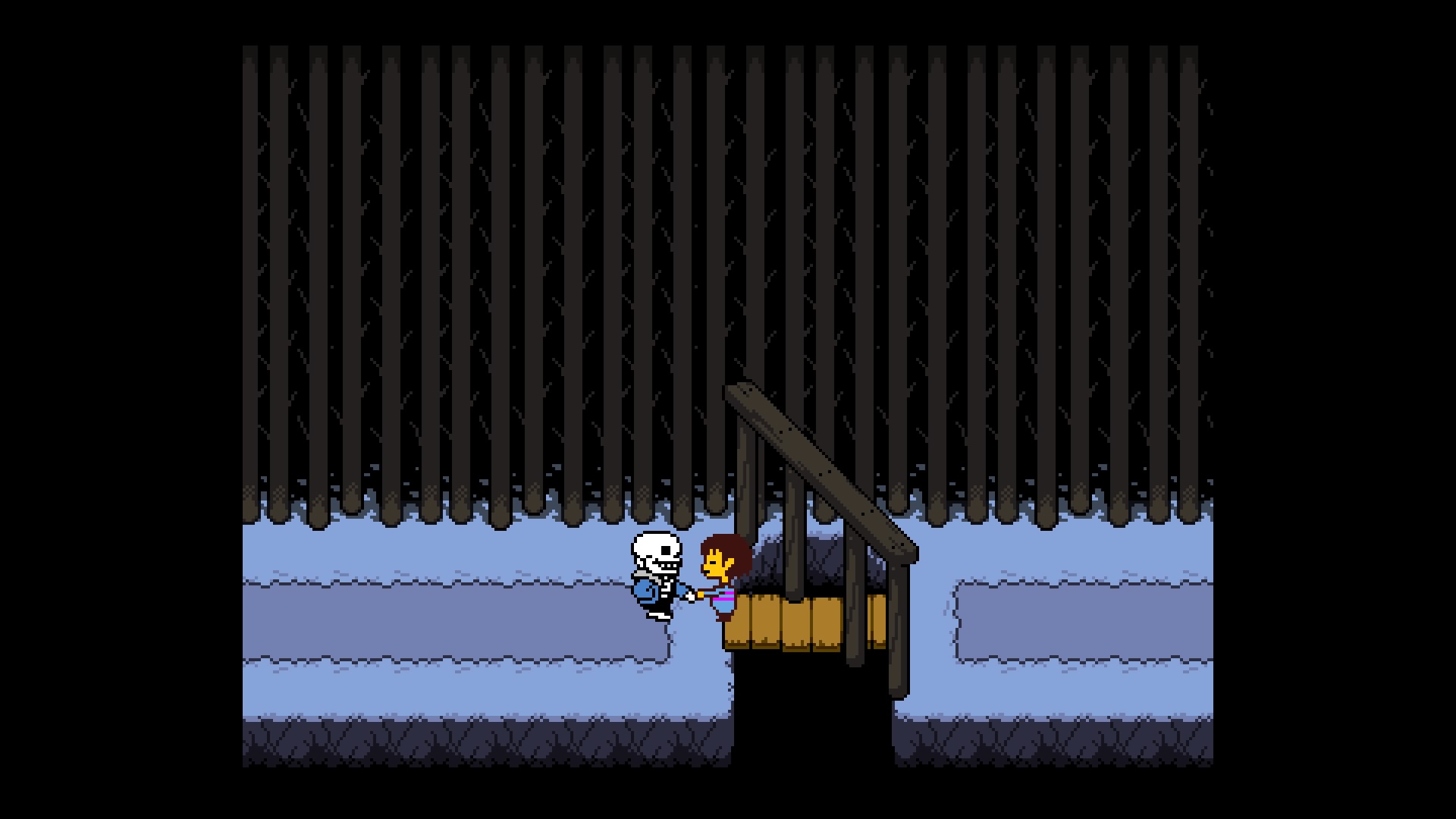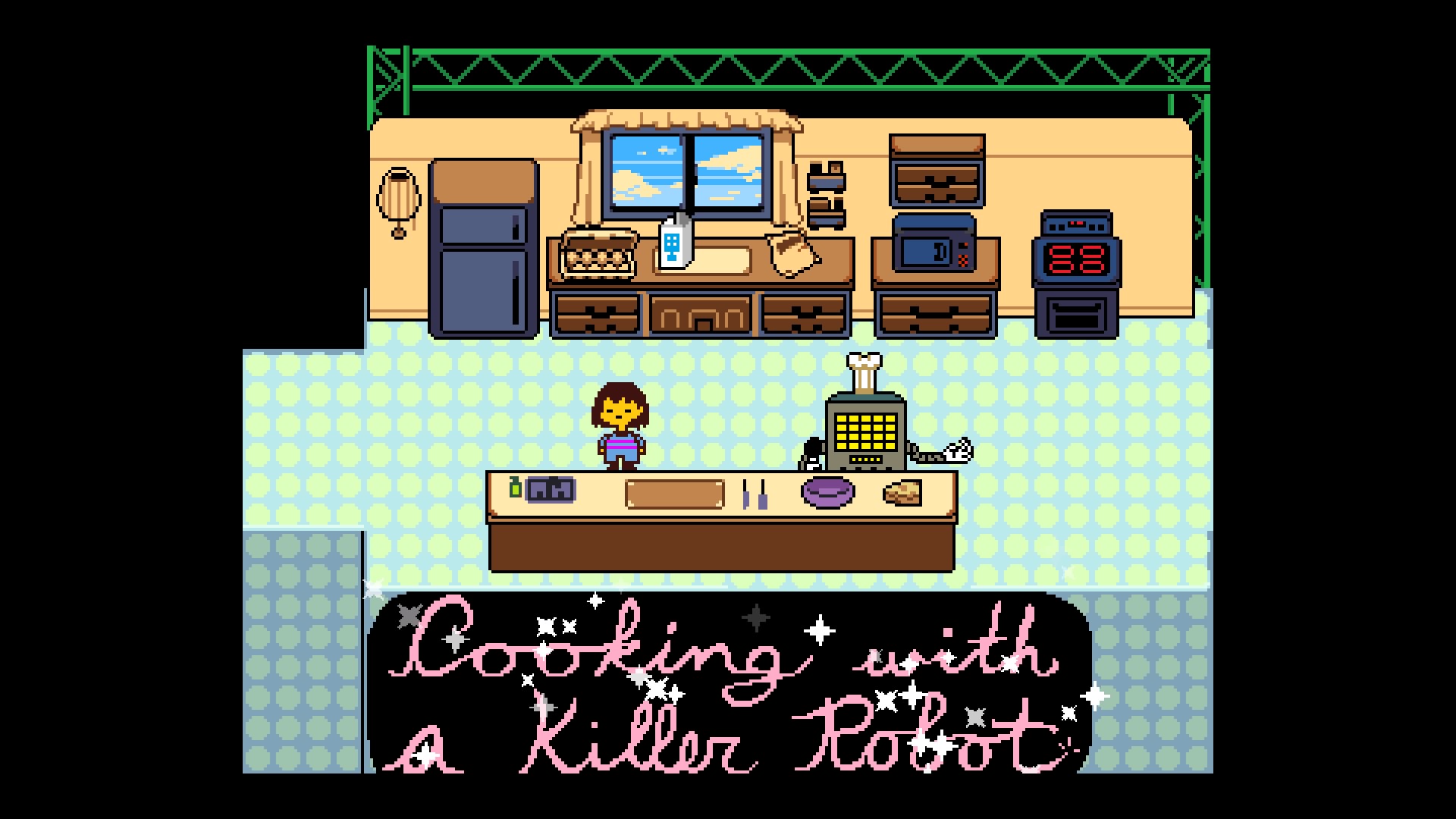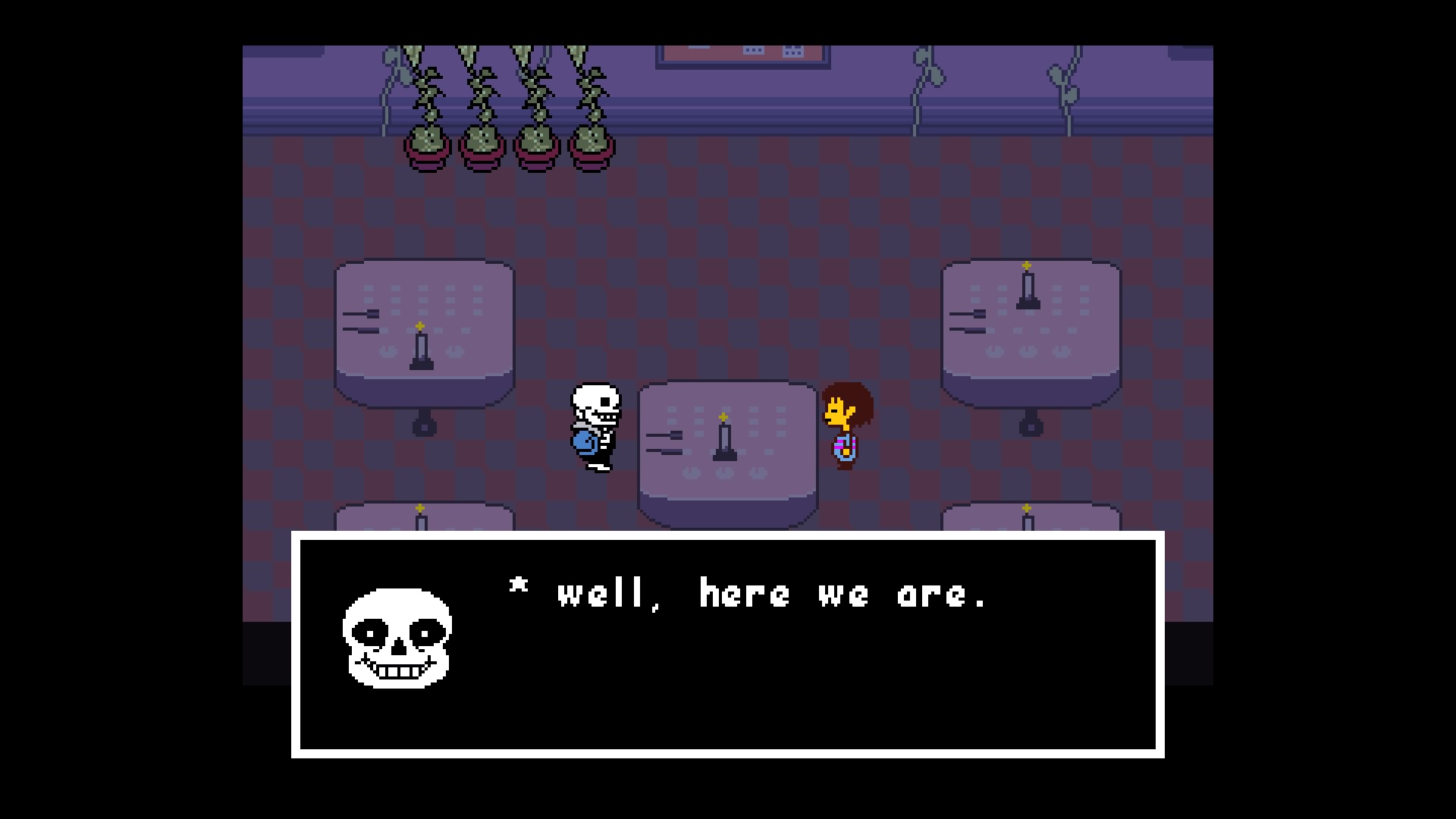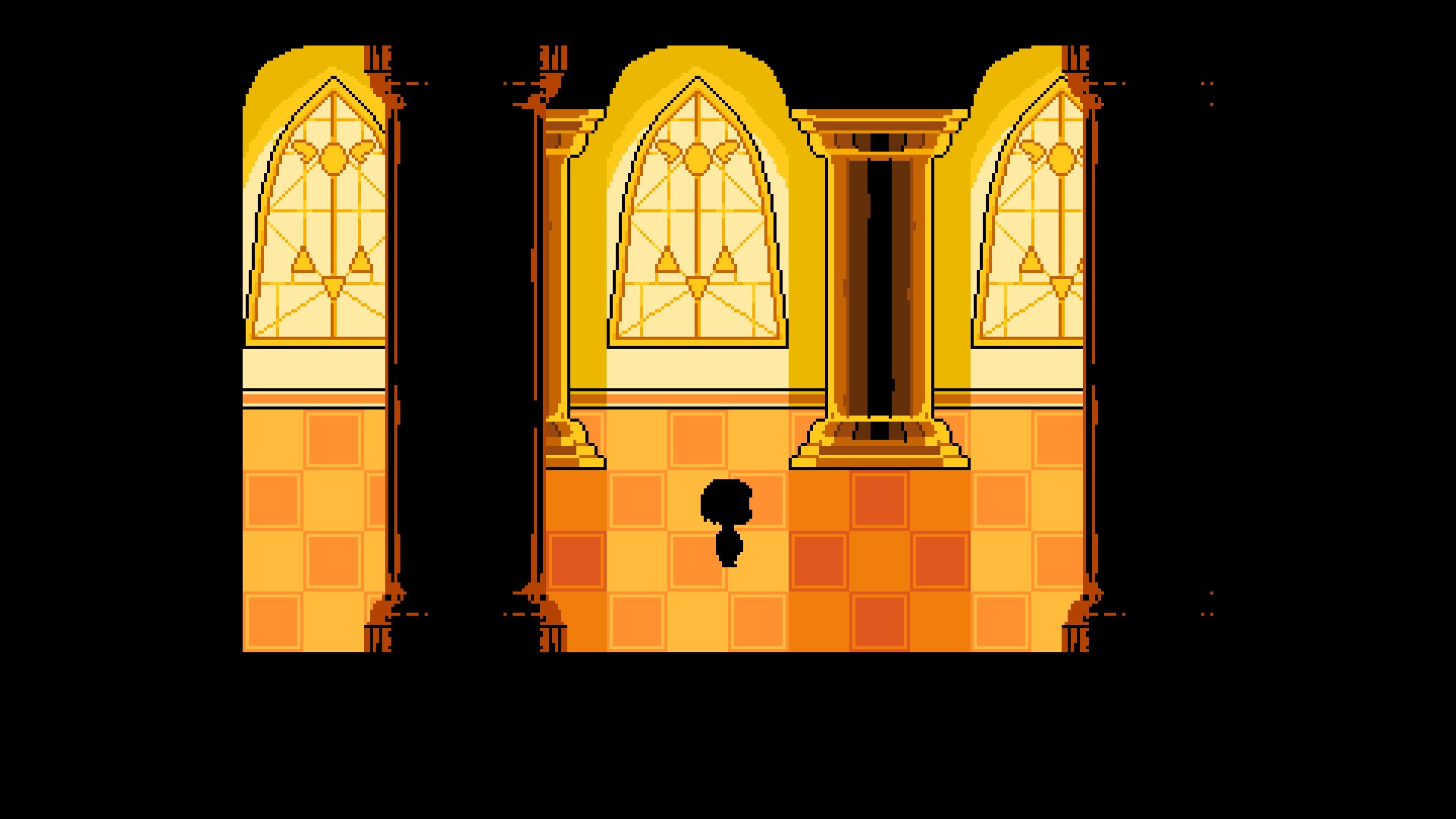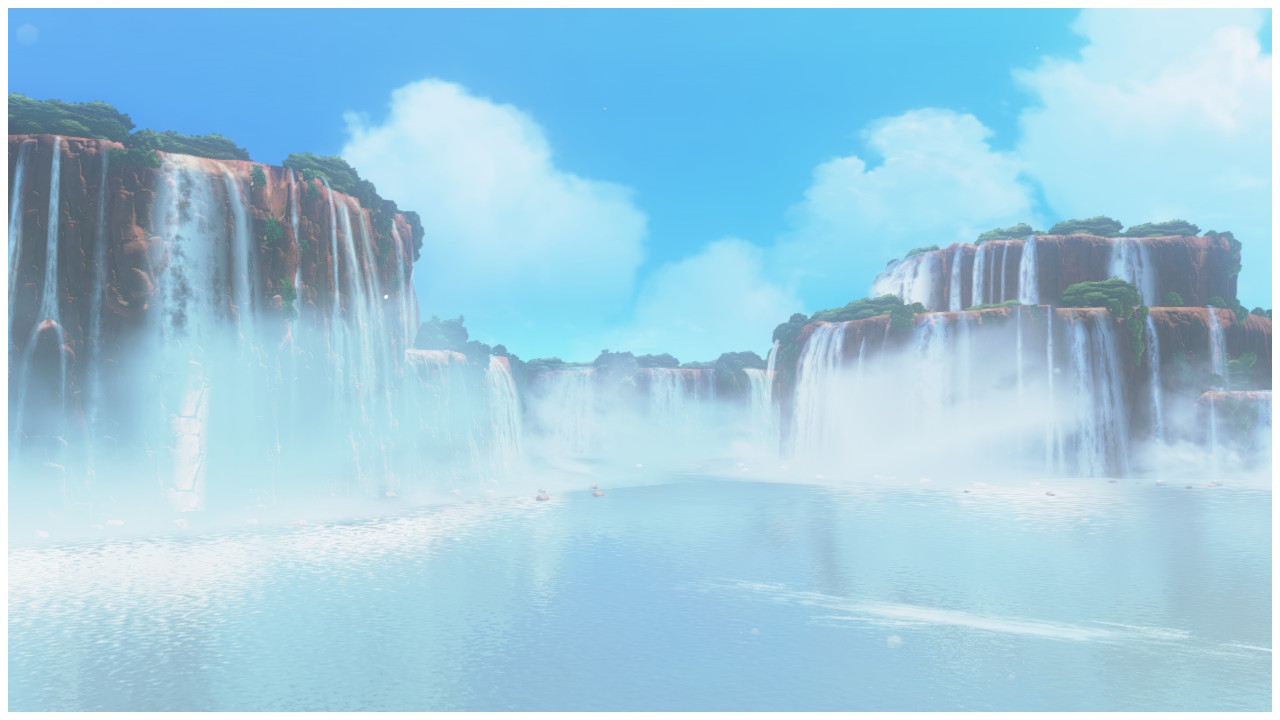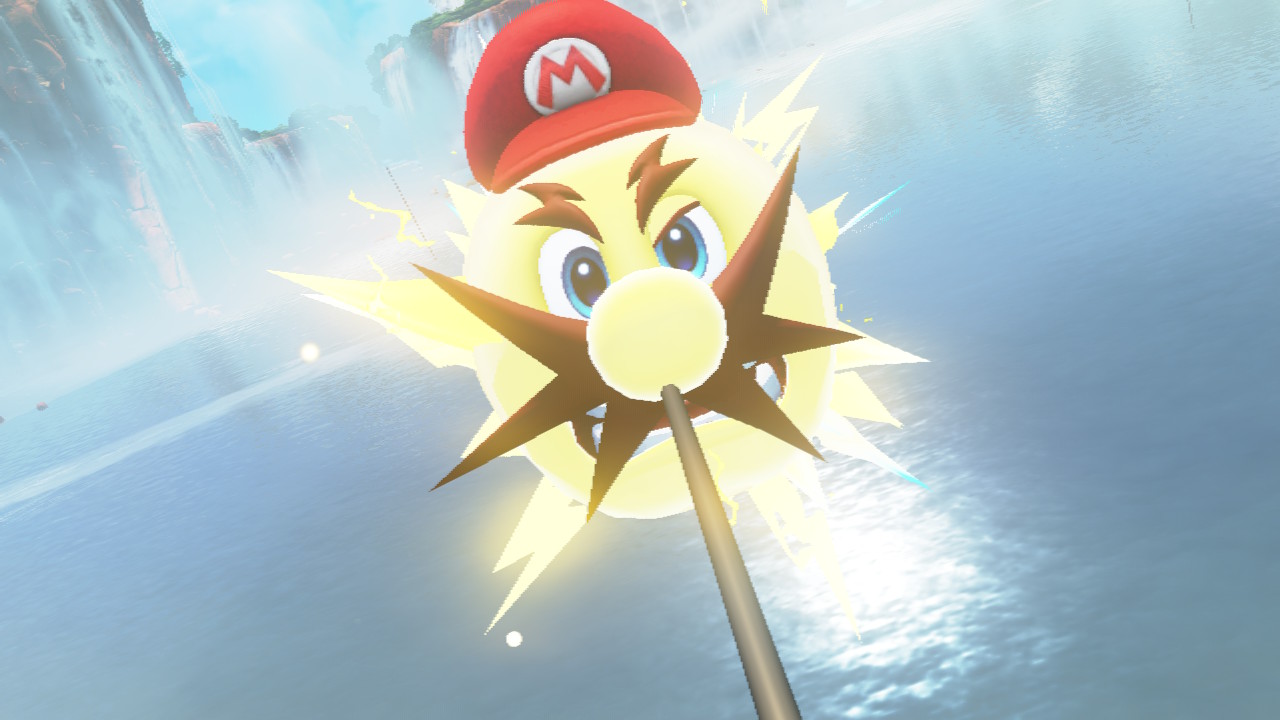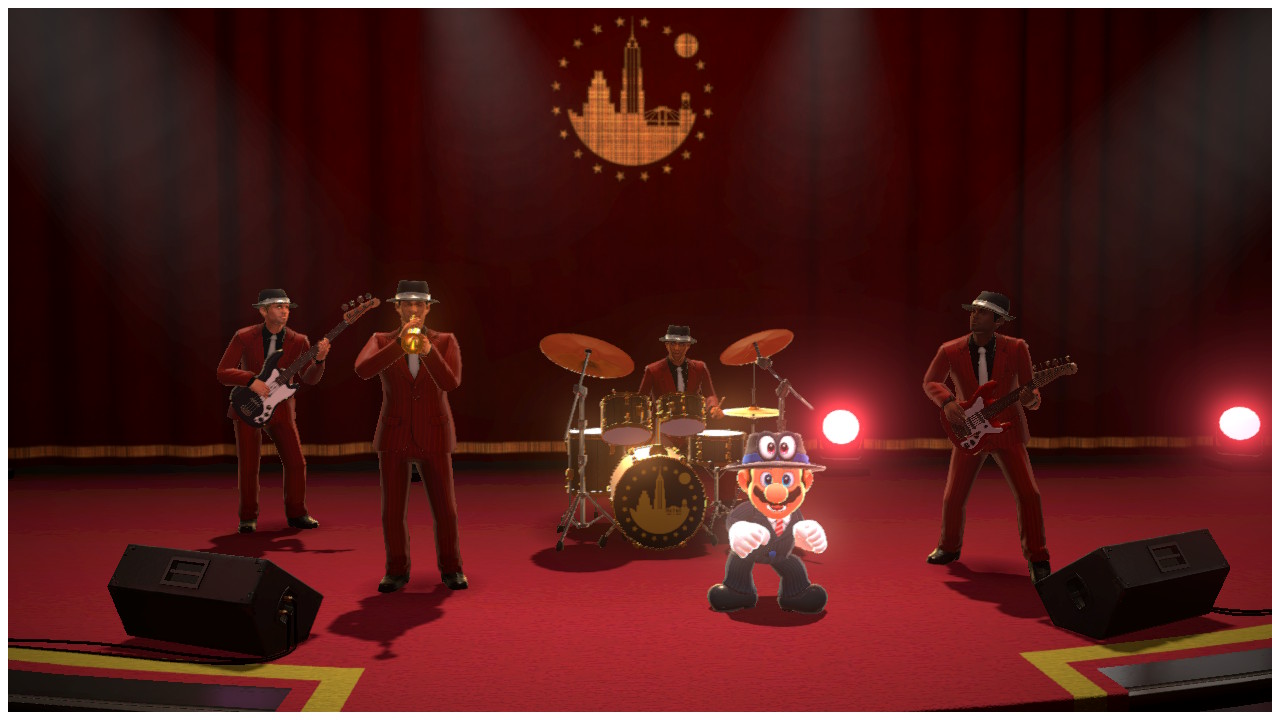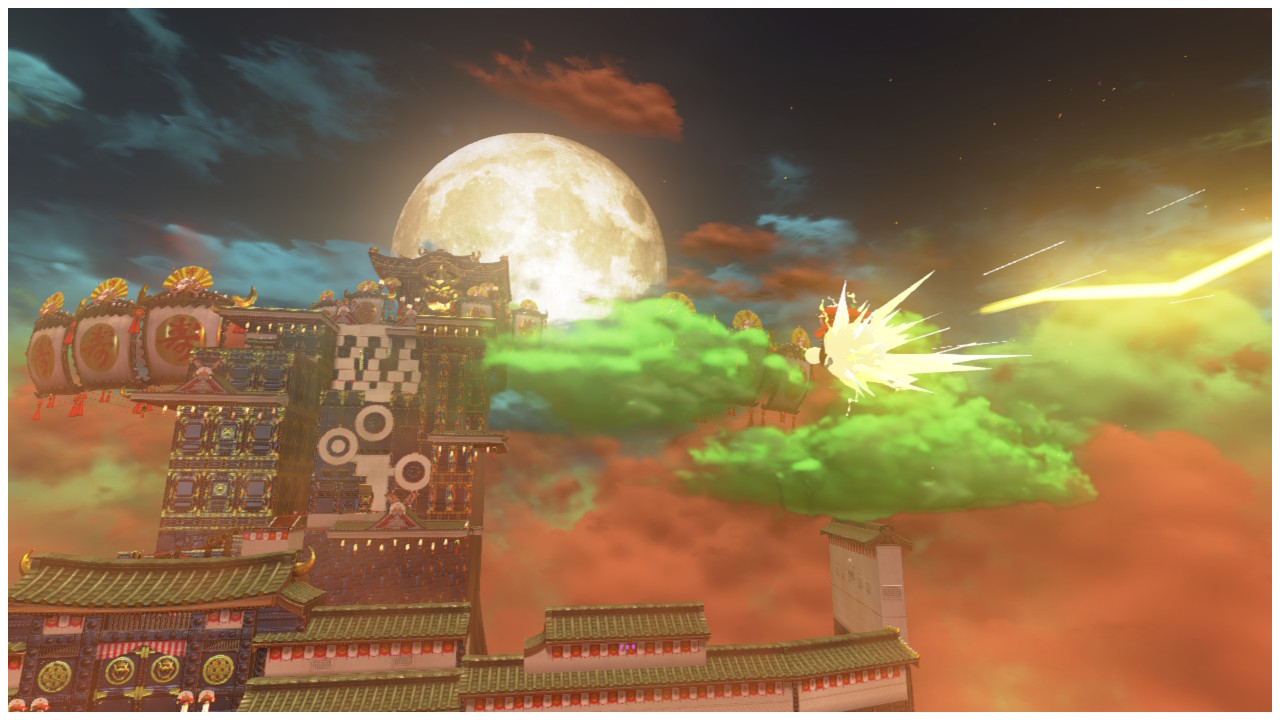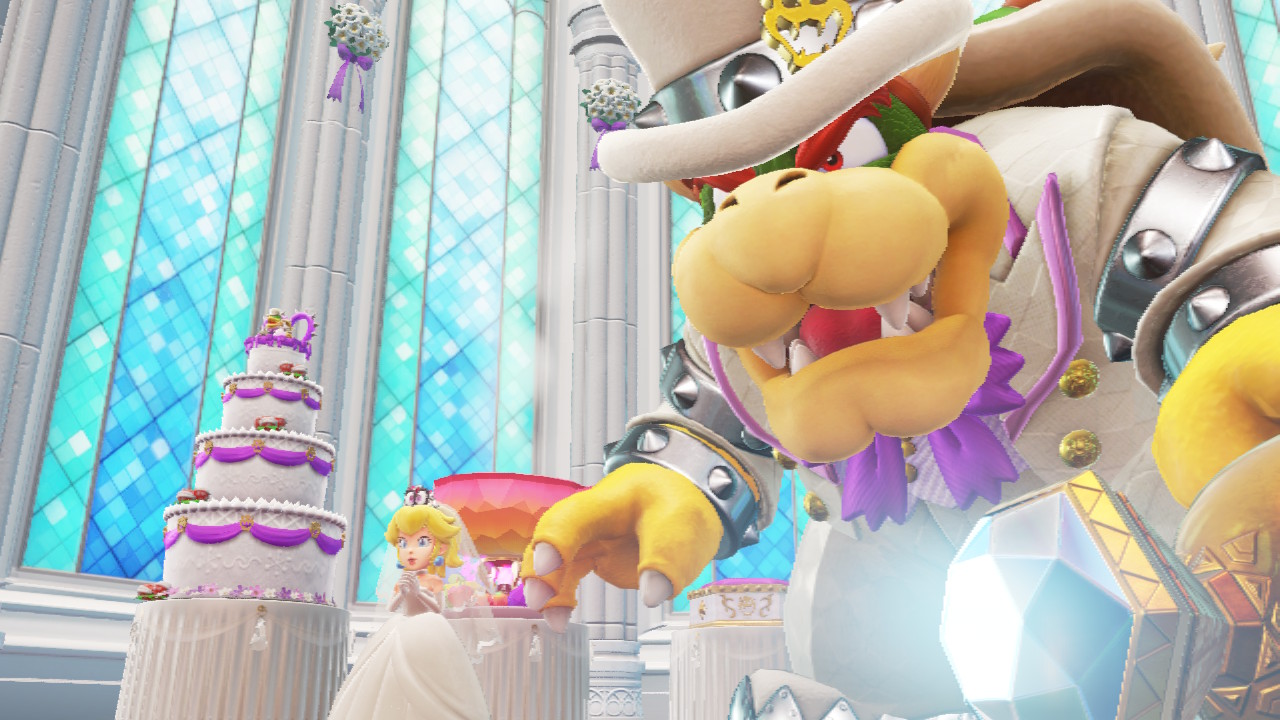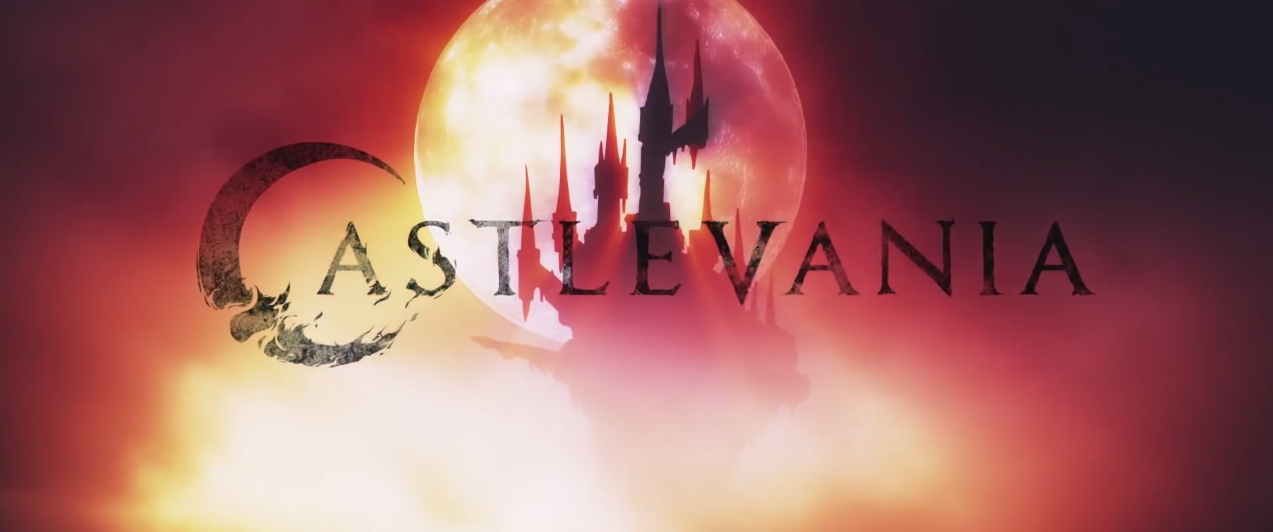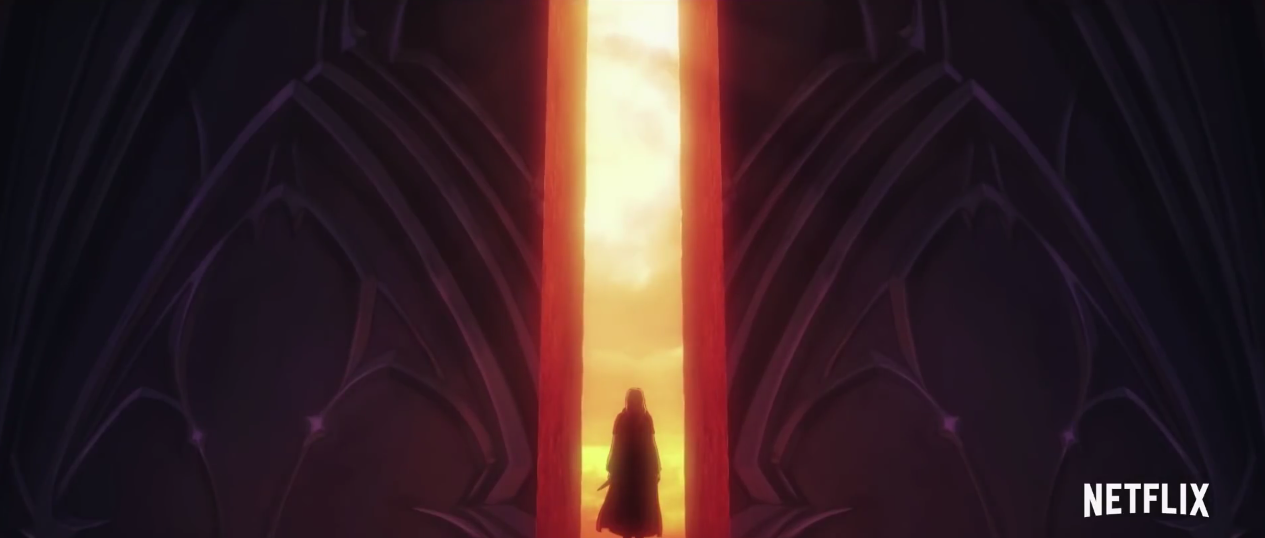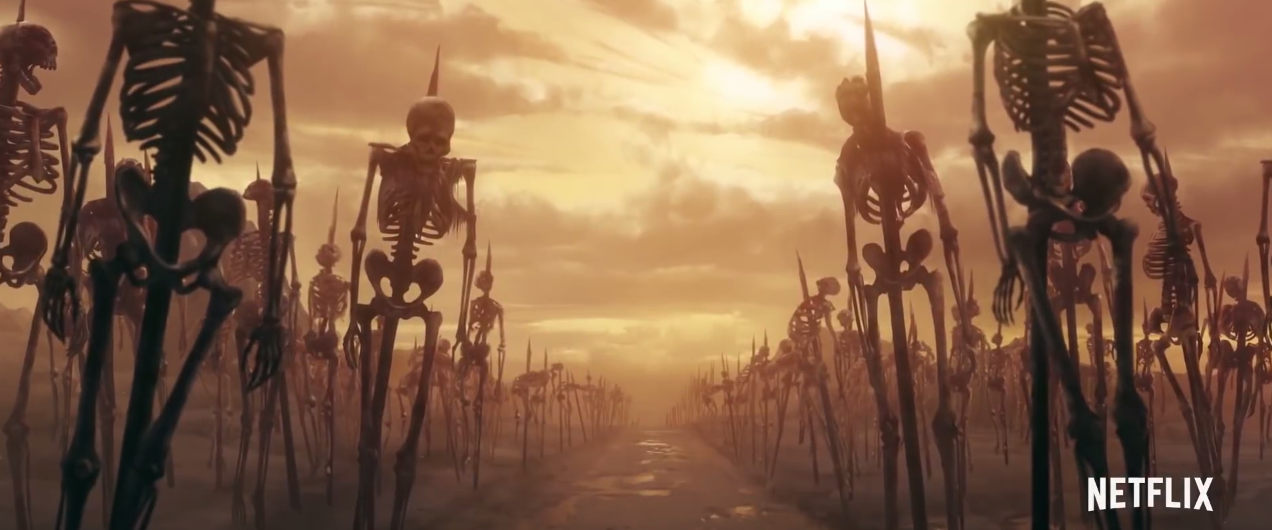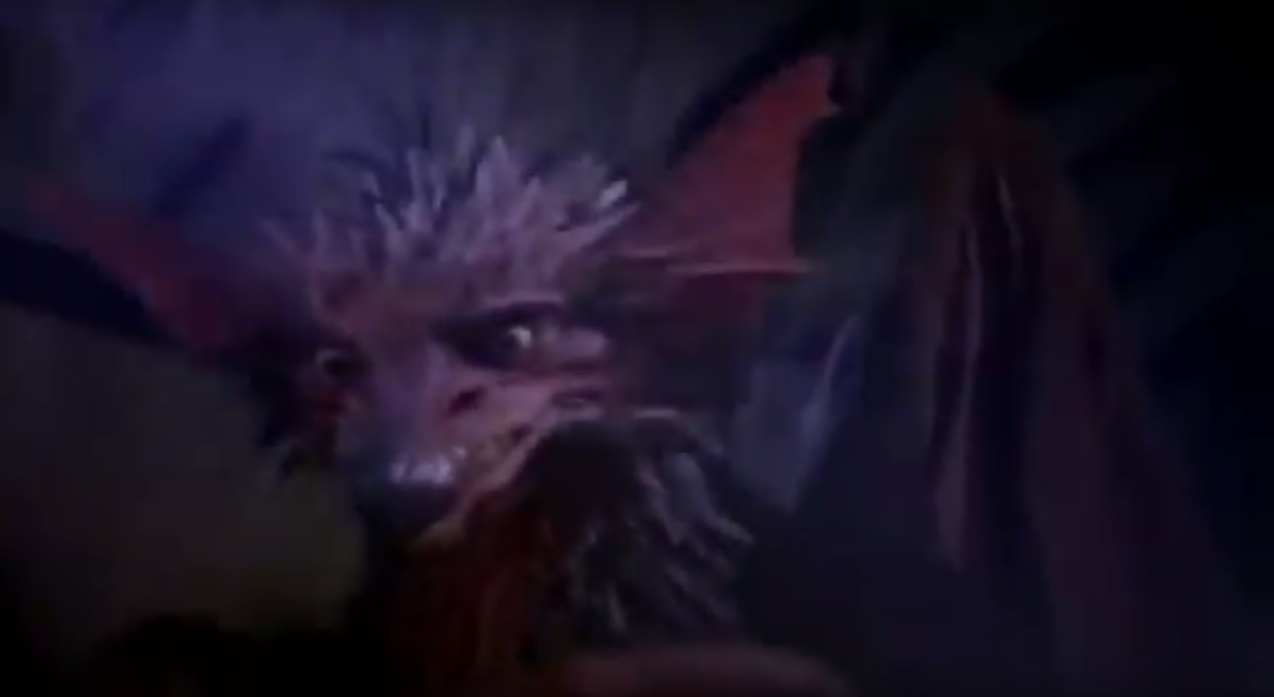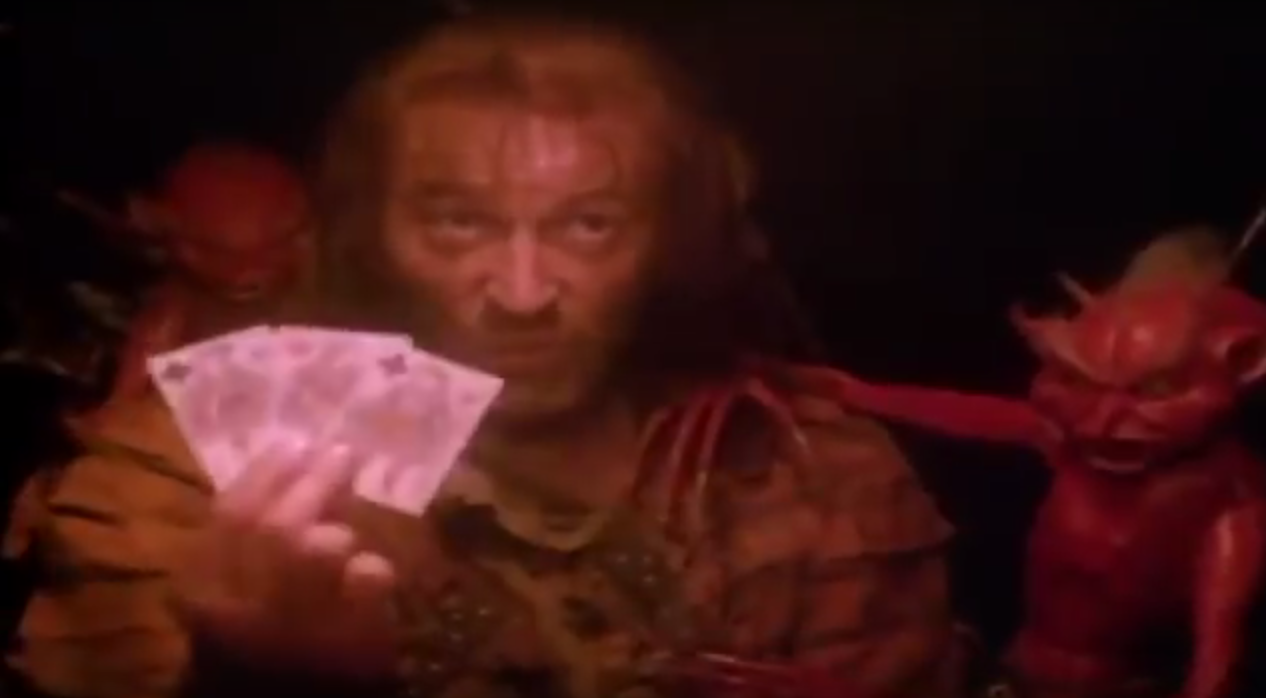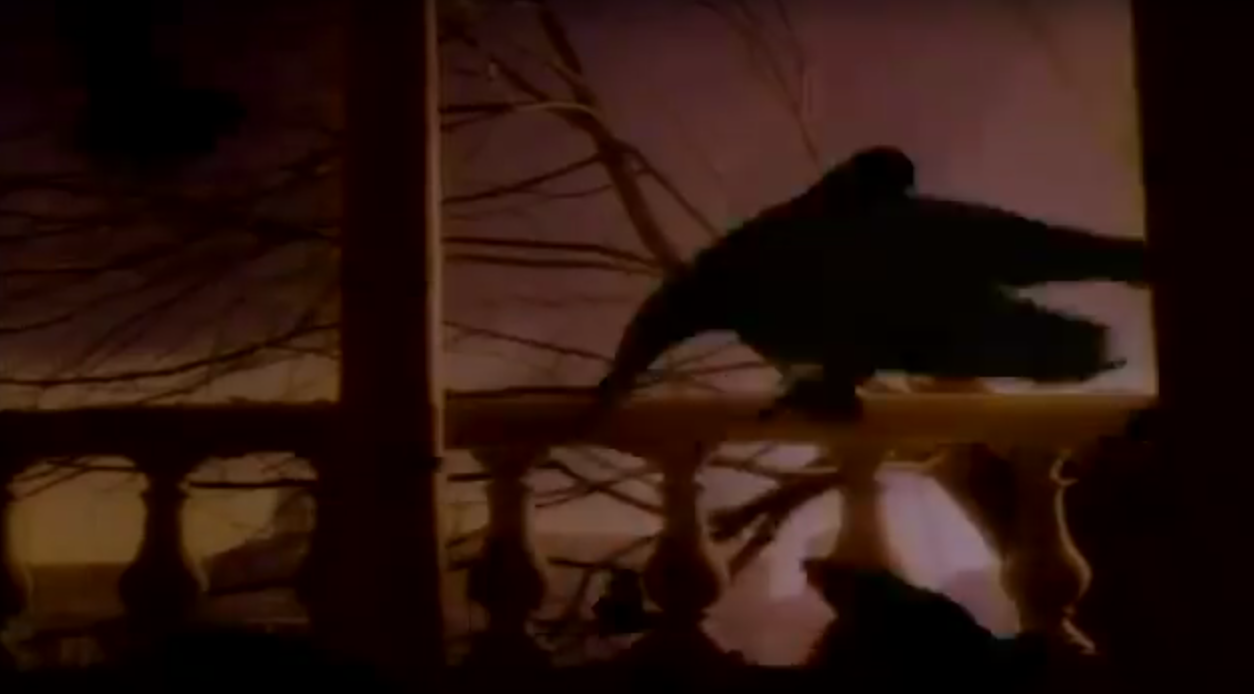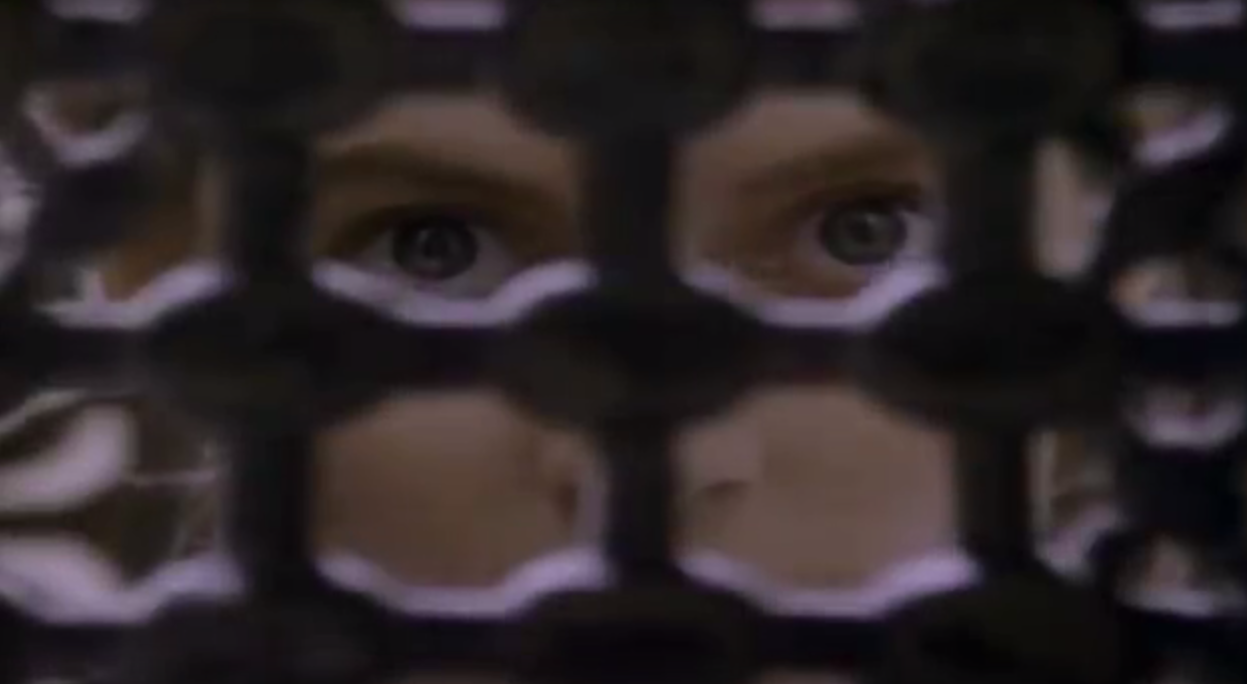There are few cooler characters than Strider Hiryu. The character, who is jointly owned by Capcom and Moto Kikaku, has only starred in a few games and some manga but his amazing character design made him popular enough to star in numerous Marvel vs Capcom games. I recently played the 2014 reboot and loved it, but due to the severe spikes in difficulty I couldn't complete it. However the game is great and a must play for Hiryu fans, if only to see the ninja in motion.
Singularity: Jon Hopkins- Album Review
I've so far done music reviews for retro cartoon series and video games but I thought I'd break this trend and share with you one of my current favourite albums. Singularity is by Jon Hopkins, a UK based electro-ambient musician. It is his fifth album and first new album since Immunity, which was released about 5 years ago.
I was recommended Immunity in a record shop I go to and fell in love with it, still listening to tracks off it most day even all these years on. The tracks were all beautiful but were often more like different suites or pieces.
With a title like Singularity I feel Hopkins is trying to create a cohesive whole, where his classical piano pieces with soft electronic pulsations mix well with the more heavily electronic synth sounds. Listening to the album there is a definite flow and feeling of overlapping motifs and ideas, the album is meant to be listened to as a whole rather than in individual chunks, although that doesn't affect your overall enjoyment however you listen to it.
The album kicks off with the album title, Singularity and is a slow burn at over 6 minutes. It starts off with a slow hiss then a slow pulse emerges, a minute or slow later a more driving squealing beat is dropped and the whole piece turns from calm ambience to head bopping full on EDM.
Emerald Rush starts with lush pianos and a gentle whoosh of wind swirling around the space, recalling Satie or 'Waiting for Cousteau' Jarre, then the music stops for a second and the beat drops and it changes into full blown trance with a beautifully simple motif that drives the piece faster forward. There are hard to decipher vocals but the whole piece is stunning and definitely one of my favourite tracks of the year. The music video for this piece is stunning and is a recommended watch, even though it misses the first 1:50 minutes of the track.
Neon Pattern Drum returns to Hopkins quick fractured breakbeat tracks that he is famous for. He melds the synthetic and organic sounds well here to create an electronic track with heart.
Everything's Connected is a 10 minute epic, with a droning sound that's built on and built on, evolving slowly until it is just a lush and wondrous piece with a driving beat and sinewy smooth synth sound wending its way through the piece like an e living creature (which the music video shows happening in an edited 6 minute cut which is well worth a gander).
Feel First Life, had a new age feel but without the cheesiness of that genre. It feels like the birth of something special in the universe and the haunting vocals add to that ethereal tone.
COSM is a beautiful IDM influenced track that still feels warm and ambient. It's one of my favourite in the album.
Echo Dissolve is a piano piece that only has a few dark synth sounds emerging at the end.
Luminous Beings is a warm piece of ambience that feels like a warm hug. Alongside a fast tingly rhythm you have some piano intervening in and out and the track slowly fades away into the last track Recovery, which continues the gentle piano motif forward.
For me, this is Jon Hopkin's best album. The first half of the album has a lot of the big moments but the second half does have them too, they're just not as bombastic. The second half is like a beautiful piece of orchestra music that is lulling you to sleep. It's slightly unsettling after the bang and crash of the first half but by gosh how spiritual and soothing it is after listening to 25 minutes of heavy synthed glitches and fractured beats. This is a masterpiece of the EDM, Electro genre and is a must buy.
Gravity Rush- Video Games As Art
Gravity Rush is a weirdly wonderful steampunk fantasy game in which you control an amnesiac young girl with levitation powers. So far so video game trope-y, but what sets this game apart from many others is the sheer artistry on show and character. Kat, the protagonist is very likeable and apart from her barely-there fan-service appeasing attire, a strong female lead. The graphics of the remaster (from the 2012 PS Vita game) are excellent and the artistic flair is beautiful to behold on the big screen. If you get a chance check it out!
What Remains of Edith Finch- Video Game Vinyl Soundtrack Review
What Remains of Edith Finch is a wonderfully atmospheric exploration adventure game, sometimes called in derogatory terms, 'walking simulators.' I am a huge fan of the genre as I find them a palette cleanser from the regular games I play and I would say that Edith Finch is the peak of the genre so far.
In the game the player controls Edith, a young woman exploring her ancestral home to uncover the mystery behind her family history and what happened to the various occupants there. The story is told through a series of immersive vignettes and each is powerful and emotional in different ways. The stunning yet understated music score is a huge part of why Edith Finch is so affecting. The album is one I've been listening to continuously over the last year or so on my mobile since the games release and with the recent vinyl release from iam8bit I have been listening to it in that format too.
Jeff Russo, who composes the music and has scored Altered Carbon, Star Trek: Discovery and much else, understands that silence and ambience is just as important as music to create a mood and it is this knowledge that lends the game an eerie and creepy atmosphere as you explore the strange house. Music is introduced when elements are interacted with or when certain narrative points are reached.
The whole score is peaceful and sombre with soft piano interweaving with yearning strings. The interplay creates a profound feeling of sadness yet has tinges of hope.
The tracklist is:
01. Edith's Theme
02. The House
03. Molly's Room
04. Molly's Hunger - Owl
05. Molly's Hunger - Shark
06. Molly's Hunger - Monster
07. Calvin's Swingset
08. Walter's Bunker
09. Gus' Kite
10. Milton's Tower
11. Lewis' Coronation - Daydream
12. Lewis' Coronation - Marching Band
13. Lewis' Coronation - Sailing Ship
14. Lewis' Coronation - Palace
15. Lewis' Coronation - Crowning
16. The Finale
17. The End
The standout tracks are Edith's Theme, Lewis' Coronation- Marching Band and The End. Edith's Theme never fails to put a tear in my eye, it's gentle piano and sad strings create a powerful and moving piece that is touching and beautiful. Lewis' Coronation- Marching Band is an haunting piece as it is so upbeat and oompahpah yet is probably the most tragic story. The End carries the motif of Edith's Theme but adds some haunting ambient vocals that is a beautiful way to finish the soundtrack.
The whole soundtrack is stunning and works well as a tapestry of the Finch family's stories. The pieces complement the game but work just as well as musical compositions in their own right. The soundtrack is stunning and this pressing by iam8bit is marvellous!
LINK: Streets of Rage Soundtrack on Vinyl
LINK- Streets of Rage 2 Soundtrack on Vinyl
LINK- Streets of Rage 3 Soundtrack on Vinyl
LINK- The Moomins 80's Soundtrack Vinyl Review
LINK- Inspector Gadget Retro Soundtrack Review
LINK- Ulysses 31 Retro Soundtrack Review
LINK- The Mysterious Cities of Gold Retro Soundtrack Review
Space Invaders Infinity Gene- Video Games As Art
There are few video game pixels as well known as the Space Invaders alien. It has transcended video games and become an icon for video gaming as a whole.
Infinity Gene builds upon what has gone before but introduces evolutionary elements in which your core cannon develops abilities and new ways to fire. The game still uses its iconic pixel art but the backgrounds have been modernised and improved and the movements of everything is smooth and artistically interesting. As an update and re-invigoration of a classic Space Invaders Infinity Gene gets a lot right!
Tonbridge Comic-Con 2018 Builds on Previous Year Success
On one of the hottest days of the year hundreds of geeks and nerds (of which I am one) from various fandoms descended on the Angel Centre in Tonbridge to attend the second ever Tonbridge Comic-con.
I had even higher expectations than last year as that was the inaugural event and this, the sequel, had to be bigger, bolder... better. So how was it? Did it meet my expectations? Well, read on and find out...
As I approached the Angel Centre I could see a long line had formed and keeping the people entertained were various people in costume, there was Darth Vader, numerous Storm Troopers, a Sand Person, a Jawa and an Imperial Officer. People were getting their photos taken and children were kept enthralled/ terrified.
Inside there were lots of stalls selling all manner of geeky goods at a fair price including anime, manga, Marvel, DC and video game merch. A difference from last year was the amount of stalls as there seemed to be a lot more, but this was a good thing at they sold a wider range of products from last year. There were they typical Funko Pop Figs, t-shirts and posters but also there was a Disney Princess cupcake stall, wallets and purses and lots more vintage figures, annuals and collectable cards and stickers. I purchased some of these cards and was really pleased at the price (5 packs for £1) as well as 3 cupcakes (3 for £5, for my wife and 2 unwell daughters).
There were a few celebrities doing signings and photosincluding Jason Ybarra (Star Wars: Rogue One), Ian McNeice (Dr Who) and a free signed photo for all attendeed from Simon Fisher-Becker (Dr Who).
There were a few people dressed up, representing various fandoms, however not as many as last year but that was to be expected as the heat was oppressive.
Around the Angel Centre hall were lots of items and photo opportunity pieces of memorabilia and costumed folks which you could snap away at. There was the giant inflatable Stay Puft Marshmallow Man, a handmade Batmobile Tumbler and the Iron Throne. The atmosphere of the whole event was lovely and calm and outside the centre many attendees and cosplayers had a chance to congregate and share in their nerd-dom. The second Tonbridge Comic con has built upon last years successes and continues to grow. As a local event it is great and I look forward to it growing and expanding its scope and aspirations.
Overall this was a well organised event with lots of offer for families and young people, I hope next year it's even bigger and better next year!
I bought 5 packs of random cards and stickers for 1 pound... bargain! I wonder if the stick of chewing gum is any good?
The Best of Popol Vuh for Werner Herzog- Retro Soundtrack Review
There are many prog rock groups who are fondly remembered but one that I think are underappreciated or overlooked are Popol Vuh. Popol Vuh soundtracked many of Werner Herzog’s movies and formed an integral part of the experience, without which the films would seem incomplete or lacking. I recently purchased the Best of Popul Vuh Werner Herzog Soundtrack and this is my review of said album but first some context of how I discovered this band.
I first experienced Popol Vuh when I rented out Aguirre: Wrath of God from my university library. The opening scene, of an expeditionary caravan travelling through the misty mountains of the Andes to find El Dorado was set to the haunting mesmerising score and seared itself into my soul and I knew then that I was watching something special. As the film continued and I saw the true madness of Aguirre's journey into the heart of darkness (Joseph Conrad style), the visuals and music mixed into a heady cocktail and enveloped me.
The whole Aguirre score reminded me of probably my most formative media experience, that from my favourite children's television programme, The Mysterious Cities of Gold. Aguirre and MCOG shared much in common as both were set amongst the time of the Inca and Conquistadors but it was more than that, the Moog synthesiser combined with ethnographic religious voices from both the TV show and Aguirre echo a move away from stereotypical panpipes and woodwind interpretations of the 'other' and instead seemed more mysterious and spiritual. Aguirre's soundtrack tapped into my love of the acclaimed MCOG soundtrack by Haim Saban and Shuki Levy. I had to find out more about Popol Vuh, which in the mid 90s was quite difficult as the internet barely existed.
So, after Aguirre I rented out Fitzcarraldo, the tale of another explorer who ventures once again into a Conradian heart of darkness to set up a rubber plantation and build an opera house to bring culture to the 'savages.' To achieve this he persuades many local tribesmen to drag a steamboat over the rainforest and hills to a river many miles away.
The music was once again magnificent but was in direct contrast to the actions portrayed on screen of the enigmatic but deeply reprehensible characters, played with deranged, barely controlled, ferocity by Herzog regular Klaus Kinski. These deeply flawed protagonists are on a self-destructive journey but believe they are on the path to greatness.
Popul Vuh's music doesn't celebrate the protagonists but rather the cultures they are trying to subjugate and control. Aguirre is an imperialist conqueror looking for gold and glory, Fitzcarraldo an arrogant man who wants to achieve fame and repute amongst the ultra elite and Francisco Manoel da Silva, from the film Cobra Verde, wants to build a kingdom upon the slavery of the people he initially befriends.
The working relationship between Herzog and and Popol Vuh, led by his longtime friend Florian Fricke, was a very fruitful one with XX soundtracks scored. This is many hours of music but the best of Popol Vuh features 14 tracks which are as follows:
- Wehe Khoorazin
- Im Garten der Gemeinschaft
- Der Tod des Banditen
- Agape, Agape
- Gemeinsam aßen sie das Brot
- Gemeinsam tranken sie den Wein
- Als lebten die Engel auf Erden
- Eine andere Welt
- Höre, der du wagst
- Brüder des Schattens - Söhne des Lichts
- Engel der Luft
- Wir Wissen von der Not
- Take the Tention High
- Lacrime di Re
This 14 track playlist just seems too short to truly showcase the importance that Popol Vuh had in bringing Herzog’s vision and more importantly ethno-religious soul to something as seemingly mechanical and soulless like the synthesiser but it offers an appetising amuse-bouche for those willing to dip their toes into a kind of prog rock that flourished before the decadence of 20 minute keyboard solos. Fricke was a spiritual man and this comes through in his music.
The sublime Lacrime De Ri from the opening of Aguirre sounds like an otherworldly choir of angels before it opens up into ethno-religious percussive rhythms. The visuals of a hopeful group emerging from the misty mountains is one of cinemas greatest openings and the music brings a sense of spirituality into the mix with an angelic choir created by the melotron.
Popol Vuh's soundtrack for Nosferatu The Vampyre, is phenomenal but a particular standout is Brüder des Schattens - Söhne des Licht, which plays at several key points during the movie bit most memorably at the beginning which opens with the mummified remains of the victims of an 1833 cholera epidemic. I have never forgotten the simple yet haunting two-note choral motif, it plays in my dreams and haunts my nightmares.
Wehe Khorazin is a profound, powerful, and deeply moving piece in its simplicity and it touches the deepest part of my soul. It starts off with an almost angry booming Gregorian-like chant and then gets prog rocky with sitars and a more calming repetitive chant.
Ein Andere Welt is a hypnotic ambient drone that calms and soothes, recalling Jean Michel Jarre's stunning Waiting for Cousteau.
Höre, der du wagst is an interesting piece as gentle piano wends in with synthesiser and sitar sounds to create a soft melodic piece which is relaxing.
Der Todd Der Banditen is a harmonious sonorous song similar to many devotional chants I've heard. It's touching and deeply resonates with me as it seems to be ascending to heaven, like when people say Om and it comes from deep within the body, this has that effect.
The whole package is stunning and even though there are many more amazing tracks missing, these 14 are all mesmerising and well worth a listen.
Battle Angel Alita: Mars Chronicle- Comic Review
So, after 28 years we have reached the final arc of Alita’s story in Mars Chronicle but has it been worth the wait? I've spoken at length about how the initial 9 graphic novel run of Battle Angel Alita was one of the finest sci-fi tales of all time but the sequel, Last Order, was meandering and overlong at 19 graphic novels. So, does Mars Chronicle return the series to greatness or does it end on a whimper, continuing the downward trajectory with a creator past his best and out of cohesive ideas?
Well, we will have to wait a while to find out but I've read the first graphic novel of the Mars Chronicle, which has been finally translated from the Japanese some 3 years after its initial release, and based on this novel the last arc shows signs of promise.
The novel begins by taking us back to Alita's origin as a young orphaned 80% cyborg child named Yoko living on the war-torn surface of Mars. Yoko and firm friend Erica are brought to an orphanage and start to make friends after a hostile start with young Queen Ninon. The town comes under attack by an army and a battle ensues. All that Yoko and Erica know is destroyed and their friends are killed. It’s exquisitely paced and dramatic, as well as tragic and heartbreaking as the frequent deaths are accompanied by genuine pangs of loss and heartbreak. It’s a real skill for the author to have the reader empathise with some of the characters, who we may only have had the briefest of introductions to.
As this is a flashback to Alita’s origin, we know that she and Erica survive, which removes some of the tension, but Yukito Kishiro ensures that no-one else is safe so anyone can die. He also cranks up the mystery behind how Alita learnt her Panzer Kunst skillset and through the political intrigue on Mars, created an interesting multi-layered story.
The original run of Battle Angel Alita is one of my favorite manga ever. Last Order was a sprawling mess which lost its momentum but still had some great ideas. Mars Chronicle could be a return to form; the setup is all there, a child prophesied for greatness, an alien landscape which is hostile and strange, and the promise of closure at finally finding out who Alita/ Yoko actually is and why she fights in the legendary martial art style. The first volume of Mars Chronicle is good but not extraordinary but I am pleased to be back in the Battle Angel Alita universe, I just hope it keeps its focus and provides long term fans with the closure they want and need. After what will be probably over 30 years I so hope Kishiro sticks the landing of this often masterful series.
Monument Valley 2- Video Games As Art
I have previously spoken how Monument Valley is a stunning piece of artwork and its sequel, Monument Valley 2 continues this forward. In the game you play as a mother and daughter team and you manipulate the Escher-style architecture to guide both protagonists through stunning vistas. The journey is relatively short but memorable as each level is a masterpiece, a combination of stunning art and immaculate design. Don't take my word for it, check out the images below!
Battle Angel Alita Back in Mars Chronicle
After a 4 year wait, (at least here in the West) Battle Angel Alita is back with the final arc in Mars Chronicle. The series, created by Yukito Kishiro, seemed to have run its course.
The first series, simply titled Battle Angel Alita (Gunnm in Japan) is a masterful piece of work which is an essential sci-fi read. Over 9 graphic novels we follow the adventures of Alita, a young cyborg girl who is discovered broken but with her brain intact by Dr Daisuke Ido. Ido is delighted with his find and takes Alita to his home and repairs her. Over time there develops a father-daughter bond but Alita has amnesia and is unhappy as she wants to find out more about her mysterious past. Over time she learns that she knows the powerful 'Panzer Kurst' fighting technique and enters the Motorball Tournament, a Running Man style gauntlet filled with cyborgs and other mechanical marvels. Over the course of 9 graphic novels Alita learns more about her past and the unfair society she lives in.
The original series peaks with the fifth graphic novel, Angel of Redemption but the rest of the series is still very high quality. The series continues for another 4 graphic novels and Angel's Ascension is a stunning conclusion to Yukito Kishiro's gritty cyberpunk masterpiece. In the end Alita finally discovers the ghastly secret of Tiphares, saves the floating city and the Scrapyard from destruction and finds love.
When I first read the series I loved the ending and thought that Kishiro had tied up the series wonderfully.
Then it was announced that the series would continue as Kishiro felt that the story wasn't finished yet. In a redux Last Order continued from Volume 9 of Battle Angel Alita, but diverged from the original ending. It ignored the transformation of Ketheres into a nanotechnological space flower, Alita's subsequent transformation into a flesh-and-blood human girl and her reunion with Figure, her love. Instead it takes place after Alita is killed by a doll bomb in the final volume of Battle Angel Alita.
Last Order is 19 graphic novels long and begins when Alita is resurrected by Desty Nova's nanotechnology in the floating city of Tiphares. The city's dark secrets are brutally exposed, but it turns out to be a small part of a complex world. Going into space with new and old companions alike, to look for her lost friend Lou Collins and to find out more about her forgotten past, Alita is caught up in an interplanetary struggle between the major powers of the colonized solar system. Along the way, she forms an alliance with three of the Alita Replicas who have now begun to think for themselves, an unsavory superhacker, and Nova himself when she enters the Zenith of Things Tournament (Z.O.T.T.), a fighting competition held every ten years. During the course of the story, more background about the setting of Battle Angel Alita that was not disclosed in the prior series is revealed, such as how the Earth emerged from a cataclysmic impact winter that wiped out most of the population. The series ends as Alita’s friends all converge to find out what happened to her after the Z.O.T.T. ending and roots break out across the solar system. The last two graphic novels act as an epilogue, showing us the lives of Alita’s friends as well as a final reveal of the protagonist that hinted at more to come...
My complete Alita collection.
From the sound of it Last Order sounds like more of the same and then some, but the story was extremely slow moving and the fighting so excessive that it actually ground the plot to a complete halt several times and over multiple volumes of the graphic novels. Many of the volumes were a chore to wade through as we were introduced to new characters and then told overly long back stories that no-one was really interested in. The final two volumes were especially disappointing for long term fans of the series, who had been following Alita's adventures for over 24 years.
There was a brief hiatus as Kishiro collected his thoughts but in 2015 he announced he was returning with a new Alita series, exploring her origins on Mars.
With Battle Angel Alita: Martian Chronicles I hope Kishiro regains his mastery over telling a griping, savage, brutal story expediently. I loved the first 9 graphic novels as they were brilliantly executed; moments of extreme violence were interspersed with deep introspective philosophising and beauty. With his expanded character roster and overwrought world building in Last Order I believe Kishiro lost sight of the story and heart and that was to the detriment of the series. There was no sense of urgency that made us empathise with Alita’s plight to find out who she was and where she came from. I am extremely excited for the Martian Chronicles but also cautiously optimistic. Here's hoping it finds Kishiro back on track and Alita back in fighting for form. A review will soon follow so keep updated!
Undertale- Video Games As Art
Undertale is a wonderful role-playing game, created by just one man; Toby Fox. In the game, players control a human child who has fallen into the monster infested Underground, and have to try to make their way back out. So far so typical RPG, but what separates this game is the witty dialogue and choices, you can choose to fight or pacify the monsters and your actions have repercussions within the game. Over the course of 6 or so hours the game had a profound and deep affect on me. It is a touching game and a true work of art that deserves the accolades and praise heaped upon it.
Power of Art
There is power in art and culture to challenge world views. Video games can be art and as a medium often make you the centre of their world. You can bend the world to your will (depending upon the parameters of the game) and be the agency, but has this created self-centred egotistical people who believe that their rights as the consumer outweigh those of the game creators?
The Mass Effect 3 finale debacle in which many gamers, disappointed with the ending created by the game designers, rallied against the company and forced them to patch in another ending, is testament to this egotistical nature of some gamers. Objectivity in gaming is nigh on impossible as the creators will have things they have ingrained in their character due to implicit factors, aspects that are central to their personal sense of identity and morals.
The recent release of Wolfenstein 2 was promoted through various means but the twitter account was wonderfully trolling, encouraging players to 'Make America Nazi-free Again'. The seemingly universally agreed upon truth (that Nazi's were horrible and have no place in the modern world) opened a whole can of worms online as alt-right snowflakes felt they had been misrepresented or unfairly portrayed. This is a strange turn of events in a medium that has enjoyed the virtual killing of Nazi's in a myriad of video games over the past couple of decades. To quote, "While Nazism is German, prejudice is not." How can many be pleased to gun down virtual racist whilst doing nothing about or even actively supporting them in real life?
The alternate history of Nazi's succeeding in their agenda in WW2 and taking over the world is one that has been mined before, most famously in the novel Fatherland by Robert Harris or more currently the adaptation of Philip K. Dick's The Man in the High Castle. This concept is not a new one yet why now have the alt-right felt the need to voice their anger against Wolfenstein?
Whether violence in video games encourages real world violence is debatable and has been discussed before but how can the virtual killing of a genocidal hate filled military group that have committed the worst atrocities in the history of humankind be considered propaganda?
Politics and gaming do not really go hand in hand but as a young medium it is having the growing pains of knowing where it fits in with current world events.
Like anything else, video games are often a projection of the views and thoughts and beliefs of the people who make them, whether it be explicit or implicit. We can't always explain how we feel or what we feel, sometimes things are a part of us and that's that. We imprint ourselves often the things we make. Games are not created in a vacuum as the current state of the world can have an influence and provide a snapshot of the times, they are often products of their time.
Lucus Pope's Papers Please isn't political per se but it definitely had something to say about refugees and the systems that handle them. As for Wolfenstein, maybe the twitter wasn't subtle but what do you expect from a series famed for robot headed Hitler as a final boss?
Subtlety is not part of Wolfenstein's ouvre.
Hellblade: Senua's Sacrifice- Video Games As Art
Hellblade: Senua's sacrifice is the story of Senua, a Celtic warrior who is on a quest to save her lover’s soul from the underworld. So far so video game trope-y but what sets this protagonist apart is that Senua is traumatised and experiences frequent hallucinations and delusions during her journey, all symptoms of psychosis, a condition she has and one which is often poorly portrayed in pop culture as a whole.
Ninja Theory wanted to get the psychosis representation correct, not just to protect themselves from any backlash but also to bring to light the many misconceptions and misunderstandings people have with the condition. The result is a stunningly beautiful yet hauntingly empathetic game, which over 6 hours portrays well the journey of our heroine from fear to empowerment and finally acceptance.
This is one of the most gorgeous looking games I've ever played and I've got quite a few images from my play-through. Enjoy, but be warned there are some heart-rending and frightening images.
Mario Odyssey- Video Games As Art
Mario Odyssey has been another home run by Nintendo. By taking Mario once more into an open world and giving him possession powers the various worlds became playgrounds where anything was possible. The art style in the game is curious, with many realistic elements (namely the T-Rex and citizen of New Donk City) blending strangely with our squat cartoonish hero, however gameplay is king and this game has it in spades. Over the course of 15 or so hours I visited the numerous worlds and enjoyed the beautiful art style. Have a look at the screenshots I captured below.
Maturity in Gaming
It's a topic that keeps cropping up every now and again, usually when Nintendo release their new console: should video games 'grow up?' People often criticise Nintendo for only appealing to children or an immature audience, saying they should provide more "mature" games on their platform. However I really value having excellent games that aren't trying to be ''edgy'' or '' dark'' all the time. Don't get me wrong, I love serious and intense games but it's a relief sometimes to play a game that isn't all about blood, guts and killing. Shooting everything that moves has its appeal but there are lots of game that do that.
Nintendo isn't just for kids, as a parent I play a lot of Nintendo games in front of my daughter as she won't get nightmares but feels engaged too.
The older you get, the more you realise how horrible and cruel the real world can actually be, so why would I want my video games to emulate that? Over the past few years it has often felt like we are in the darkest timeliness with some truly horrendous things occurring all around us. We are constantly barraged with horrific imagery, news headlines and 'hot takes' on some dreadful world events so for many video games are an escape from the real world; refuge from the general crap storm happening all around us.
Video games have the potential to test the limits of the imagination and induce a sense of wonder and awe that is often lacking in real life. That's part of the appeal for evergreen games series such as Mario and Zelda.
Don't get me wrong, I'm not saying that all mature content games are bad. Many of them actually tell beautiful stories and have great gameplay, like Nier Automata or The Last of Us. But I believe the people who only want to play gritty games and complain about the vast variety of games that are out there (including walking simulators or simple puzzle games) are themselves immature. Maybe they don't truly understand what video games are capable of and the potential they have to be a unique art-form. As books have a multitude of genres, some which appeal to individuals and some that definitely don't, video games has the same situation developing. Not every game is for you and the sooner some gamers realise that the sooner the medium can move forward and lose some of its toxicity.
Monument Valley- Video Games As Art
I frequently speak about how video games can be an art form. Not all games are art in my opinion but some titles just stand out and really push the debate beyond doubt... step up Monument Valley!
In Monument Valley you manipulate Escher-style architecture and guide a silent princess through stunning vistas. The journey is relatively short but memorable as each level is a masterpiece, a combination of stunning art and immaculate design.
If ever a game was to promote video games as art Monument Valley might be it!
Castlevania The Animated Series- Series Review (No Spoilers)
What is Castlevania, the animated series? A miserable pile of garbage or worth a watch?
When Netflix announced that it would be helping to produce an animated series on the classic Konami series of yore I was excited and then... trepidation hit. After all, how well have many Japanese and video game adaptations fared in the past? Not very well if you look at previous form: any one for any of the heinous Uwe Boll adaptations, the anemic American version of Death Note or the underwhelming Ghost in the Shell movie attest to that? So to say I was worried would be a fair assessment but after seeing the Castlevania trailer and hearing that it would be written by comic legend Warren Ellis (of The Authority and Transmetropolitan fame) my interest and hopes were piqued and raised. So how is the series?
Well, for the uninitiated Castlevania follows the adventures of the Belmont family and their multi generational battle against Dracula. When you get down to it the story is simple: the fight between good and evil. However within the first few minutes of the episodes there are shades of grey as the reasons for Dracula's hatred of the church are revealed. He becomes a more sympathetic villain than he is usually represented as in many other media. His hatred of the church and specifically the clergy forms the story arc of this series as the question of science versus religion is brought up.
There have been numerous games which have played with the official time line and lore so there is not a consistent story overall and so prior knowledge is not required to enjoy the show, but for fans of the games it contains elements from Castlevania III.
The writing really is on point and even though it is episodic, flows well, which you would expect from a renown comic writer such as Ellis. His sardonic wit comes through, especially near the end of episode 1, where Trevor Belmont hears the locals discuss their close parentage and beastiality. It seems almost Tarantino-esque as two locals discuss the misadventures of a fellow villager who has laid with his goats and sheep. I have faint echoes of Spider Jerusalem or Kev in my ears as I recall the scene as it is hilariously funny yet incredibly dark too.
The animation are art style are both exemplary and you can see that no expense has been spared. The design of the show is beautiful and there were moments in the show where I paused to take in the true beauty of what was being represented. The art style recalls the best of go thick horror and reminded me of my youth watching Vampire Hunter D and Ninja Scroll. This animation is definitely meant for adults and the high level of blood, gore and dismemberment attests to the fact. The fight sequences are well animated and high octane without being as hyperstylised as Dragon Ball Z or many other anime or manga.
Special mention should be made of the voice actors, who are of a high caliber and contain some bona-fide Hollywood stars, which lend the whole series some gravitas and seriousness.
Castlevania is a great animated show, recalling the best of anime whilst avoiding a lot of the tropes and fan service (read: panty shots of the female characters) which has blighted the medium over the last two decades. The story is intriguing and builds to a crescendo for the second series and based on what was shown here it should be a humdinger.
Fans of the video games should definitely check it out but also anyone interested in a quick bingeable animation show would be foolhardy to miss this.
Jim Henson's The Storyteller- Cult TV Review
I remember it well, Jim Henson's The Storyteller aired in the evening on Channel 4 and scared the bejeezus out of 7 year old me. The year was 1987 and the show had been heavily advertised for a few months so the anticipation had been building. When finally the show aired it became an instant classic in my mind, the stuff of wonderful nightmares. The show presented nine lesser known northern European fairytale with a a mixture of live acting, animatronics, muppetry and surreally stylish imagery. With excellent production values, marvellous special effects and stunning matte paintings the various fantasy settings all came to life and drew me in.
John Hurt played the role of the eponymous Storyteller, and next to a hearth he would tell a story with relish, accompanied by his muppety canine companion. There would be occasional interludes where the Storyteller would elaborate or expand upon a point and his verbosity and wordplay would be like music to my young ears, even if a lot of his wordplay went over my head. So after nearly 30 years how does the Storyteller fare? Taking away the rose tinted glasses of nostalgia does the series deserve a revisit or is it best left in the past, in the vaults of the mind?
Well, the stories themselves are more mature and darker in essence than many of the Disney-fied version that most people are familiar with but still can cast a wondrous spell. The love, care and attention of the production comes through on the screen and even though some of the special effects have aged, this ethereal other-worldliness leaves the show an almost timeless quality. The soft focus and fuzzy recording make the show seem like a wondrous dream and even now fill my heart with warmth.
The nine stories are:
"Hans My Hedgehog" - A farmer's wife wishes to have a child so badly she doesn't care what it looked like. And as if by a miracle, she does get pregnant but the child, Hans, looks like a cross between a human and a hedgehog. Nicknamed 'Grovelhog' by the other children and unaccepted by his father, Hans asks for a saddle for his giant chicken and leaves. Twenty years later a king who has lost his way stumbles upon the Grovelhog's castle. The creature helps the king find his way home, but demands to receive something in return: the first thing that greets the king on his way home... This is a similar story to Beauty and the Beast and the special effects are good on this. The hedgehog is suitably scary yet presented as a sympathetic figure
"Fearnot" - A young man named Fearnot sets out on a quest to learn how to shiver in fright. He meets a traveling tinker called McKay who vows to lead the boy to frightening places. Still, nothing on their path manages to put the shivers into Fearnot, no matter how frightening it gets. The creatures in this one are silly to look at now and the story is probably the weakest of the bunch but still worth a watch.
"A Story Short" - The Storyteller recounts a time in his life when he came upon a castle as a beggar and talked himself into a commission to tell the king a story each night for a year. On the last very day he couldn't come up with one and would have been boiled alive in oil for breaking the deal, if it weren't for the timely arrival of a mysterious beggar. This is a good story and a chance for John Hurt to shine in his biggest central role in the series.
"The Luck Child" - When a cruel, cold-hearted king hears about the birth of a luck child prophesied to one day rule in his stead, he seeks out the child and tries to get rid of him. But luck is with the baby and against the king and the 17 years later when the ruler tries once more to sentence the boy to certain death, he ends up becoming his son-in-law and heir to the throne instead. Now the king has just one more card to play: in order for 'Lucky' to earn the hand of the princess in marriage, he must bring back the golden feather from the Griffin's back and venture to the creature's deadly lair. This is a great story with some impressive muppetry skills on show with the Griffin a standout creation.
The Soldier & Death" - An honest soldier receives a ruby whistle, a comparable dance, an unbeatable deck of cards and a magic sack for being kind to three beggars. He defeats a bunch of devils by playing cards and catches them in his sack when they refuse to pay up. Years later, the last devil pays his debt by showing the Soldier a way to tell if sick people have a chance of recovering or not. After a successful career as a miracle doctor, the soldier manages to trick Death itself and trap it in his sack but this has dire consequences... This episode bears a resemblance to the Tale of 3 Brothers by J. K. Rowling from her Harry Potter books and is the standout of the series for me. The little devil are well created and move impressively.
"The True Bride" - Anja has been forced to work for a nasty troll all her life. When her master's tasks become increasingly difficult, a magical white lion appears out of nowhere to help her out. After being rid of the troll, Anja finds true love in the form of a gardener but just before they can get married, her sweetheart is enchanted by none other than the Troll's daughter, the Trollop. The story is okay but the makeup on the troll and his sister are very impressive.
"The Three Ravens" - A witch has set her eyes on the widower king and manages to turn his three young sons into ravens. Their sister escapes the curse and vows to remain silent for three years, three months, three weeks, and three days in order to break the spell. But things become increasingly difficult when she falls in love with a prince whose new stepmother is the same witch that ruined her entire family. This is another standout episode and features standout performances from Miranda and Joely Richardson.
"Sapsorrow" - A king with three grown daughters is looking to find a new wife and proclaims to marry whomever fits the original queen's ring. When his daughter Sapsorrow puts on the ring by mistake, she plans to make her escape from the castle with help from her animal friends. Disguised as a dirty, ragged thing, she sets to work in another castle where she falls for a handsome prince. Now if only he can see her beauty beneath her Scraggletag appearance. This is a beautifully presented tale and features some impressive matte work.
"The Heartless Giant" - Young Prince Leo learns about a heartless giant imprisoned long ago by his father the king somewhere in his castle. The boy tries to befriend the giant, but the giant tricks Leo into setting him free. The other princes set out to recapture the giant but are turned to stone instead. Ridden by guilt, Leo decides to seek out the giant's heart instead. This episode is another standout and the one I most vividly remember from my childhood. The downbeat ending had a profound effect on me in my youth and asks 'Can bad people change if given a chance?'
The Storyteller series is masterful and well worth a watch or revisit. Some episodes are better than others (highlights include 'The Soldier and Death,' 'The Three Ravens' and 'The Heartless Giant') but overall the excellent cast and wonderfully written scrips by Anthony Minghella (a decade away from directing Oscar winning The English Patient) makes this a weird, unsettling but extremely satisfying series to watch.
LINK- The Secret Garden (BBC)- Cult TV Review
LINK- Children of the Stones- Cult TV Review
Let's Go Dizzy: The Story of the Oliver Twins- Book Review
Like most children of the 80's I had a huge love of the micro computers scene that was thriving. I had my first real experience with computers in the mid 80's with the ZX Spectrum and Amstrad CPC 464. The first real games that blew me away were Robin Hood and later Fantasy World Dizzy. Both games were created by the Oliver Twins and at the time they became almost mythical figures, creating the best games including the iconic Dizzy. I used to love reading about the twins but in an era before the Internet there were only occasional snippets or features in magazines so they remained unknowable, unfathomable.
Luckily, I met the twins a couple of years ago at the Centre for Computing History and listened to them as they orally discussed their history and Dizzy games but this book, Let's Go Dizzy: The Story of the Oliver Twins, is a detailed account of their life and game making history.
Over 232 pages, Chris Wilkins, discusses their childhood, early interest in coding and rise to video game super stardom. The book is heavy in interviews and quotes from the twins themselves and so isn't just anecdotal but actually from the mouth of the twins. There are a large amount of photos from the time which help to provide context and the screenshots help to break up the large amount of text. Of all the sections, I found their evolution from the micro computers to the 8 and 16 bit era especially interesting as they discuss the Nintendo vs Code Masters Game Genie lawsuit and why certain Dizzy games weren't released on the platforms. The book is honest and covers the highs and the lows of their careers and for anyone interested in the life and works of the pioneering Oliver Twins, this is a must read.
Life Is Strange: Before The Storm- Video Games As Art
The first Life is Strange series was a surprise hit for its creators DontNod. It explored the relationships people have with each other and the way our actions have consequences, good and bad. With a time-traveling mechanic, it definitely had some gamey tropes but at its heart was a missing person mystery that pulled you in like the very best teen drama series, police procedural or Twin Peaks even.
Life is Strange: Before the Storm, is a prequel that explores the town of Arcadia Bay again but this time we control Chloe Price, the brash antagonistic teen from the first game who does not have the power to manipulate time like her friend Max Caulfield from the first game. What we have instead is a more intimate game about relationships we have and how nothing is simply black and white, but rather more nuanced shades of grey.
The dialogue can be a little too Whedon-esque and 'edgy' but it is heartfelt, earnest and most importantly honest. The game puts its heart on its sleeve and in this day and age it is easy to sneer and be cynical but it is a brave, intelligent game with soul. For me to experience a game that left me questioning the way I interact with people, is a remarkable achievement.














































































